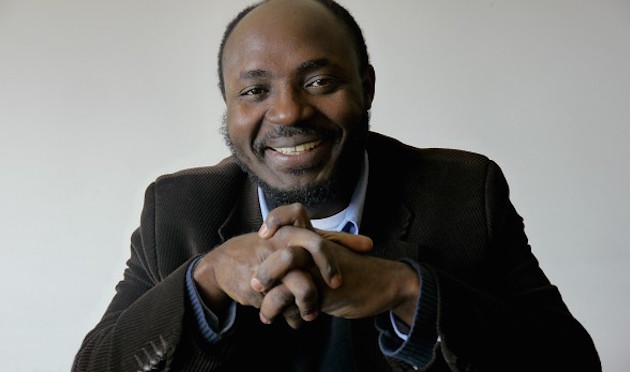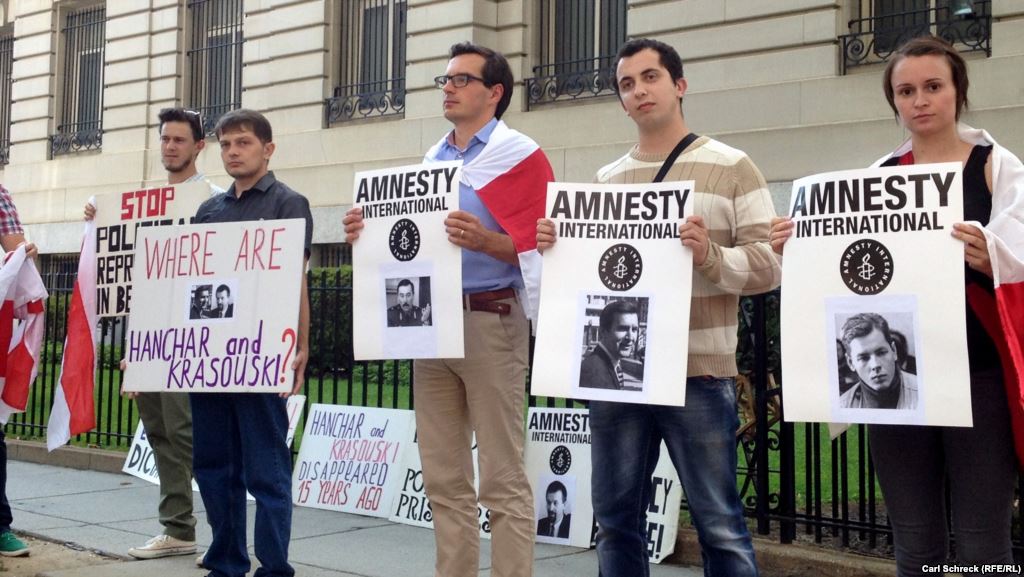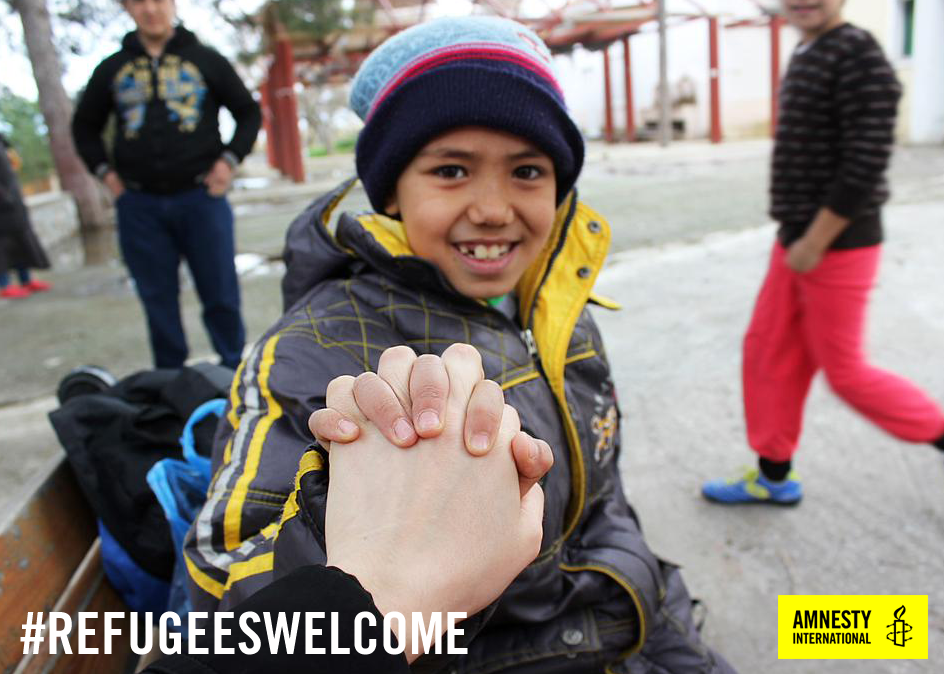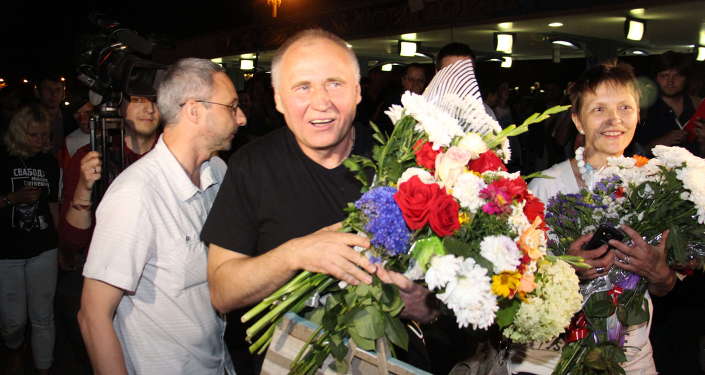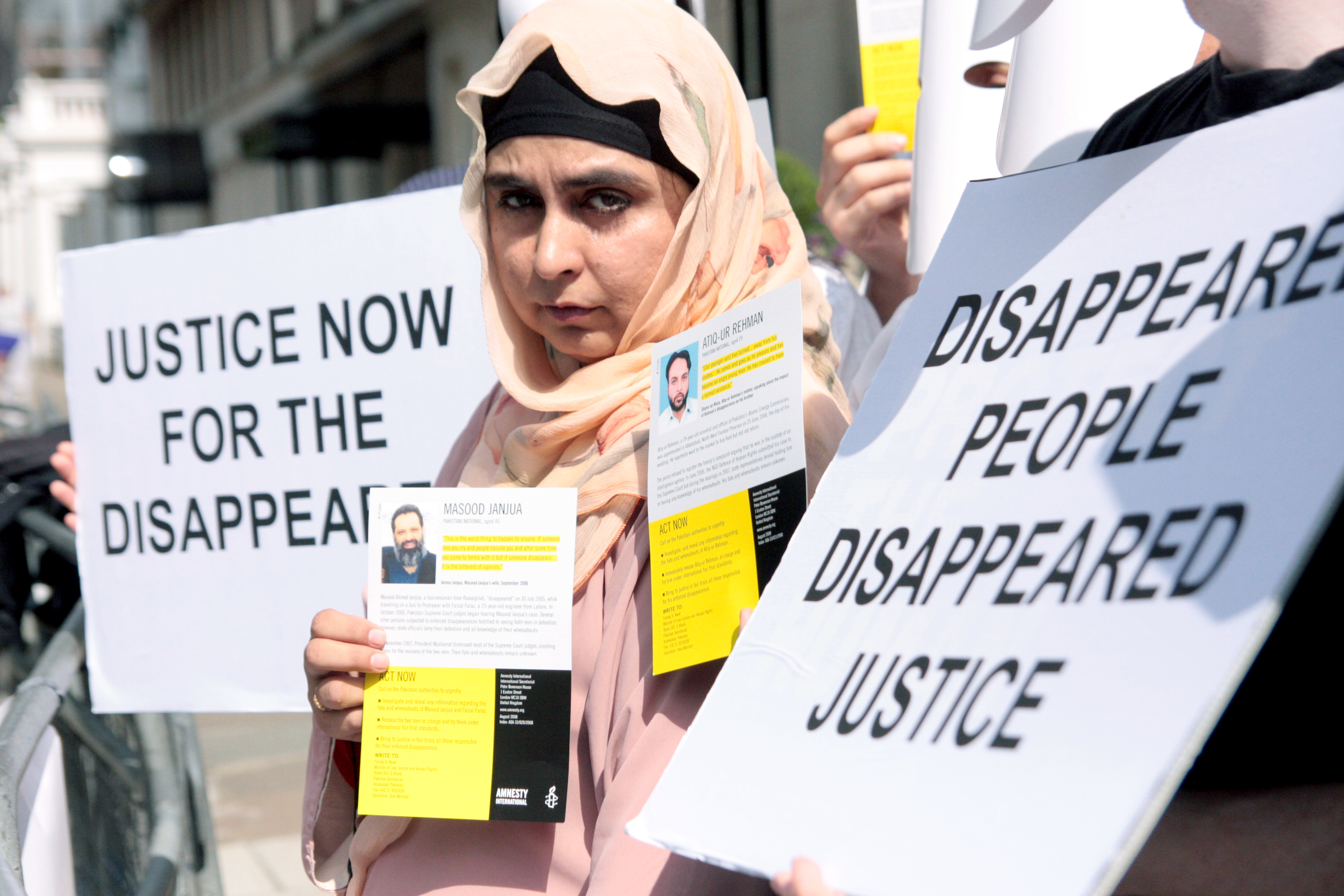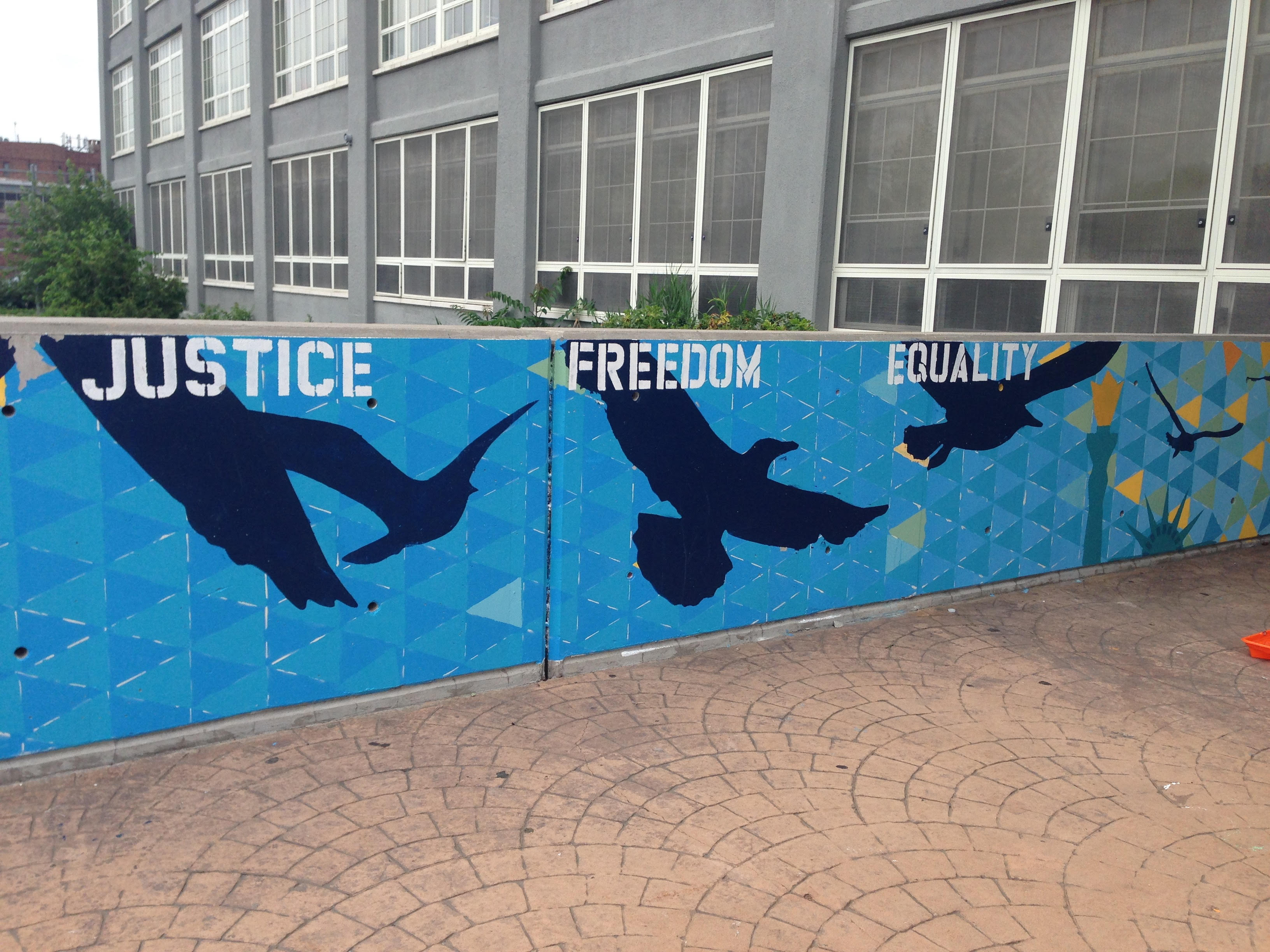
© AFP PHOTO/ JOSE Cabezas
By Josefina Salomón, News Writer at Amnesty International in Mexico @josefinasalomon
It was the most difficult day of her life.
On the morning of 5 September 2010, Mirna Solórzano stood in front of a cargo plane in San Salvador’s airport, watching as soldiers unloaded a coffin. They said it contained the remains of her daughter, Glenda.
The 23 year old had been murdered alongside another 71 men and women in the Mexican town of San Fernando, in Tamaulipas, near the border with Texas, a few weeks earlier on 22 August.
Most were attempting to cross Mexico hoping to reach the USA and find jobs that would help them support their relatives back home. But the journey is known to be one of the most dangerous in the world, with those traveling routinely facing abductions, torture and death. SEE THE REST OF THIS POST
